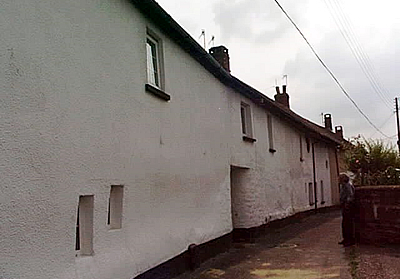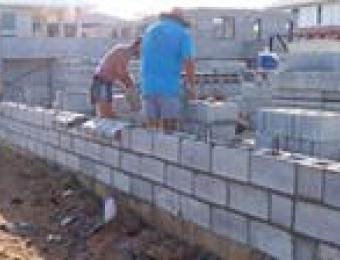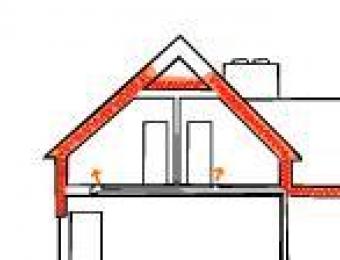What is cob?
Like mud brick and adobe, cob is a natural building material used for building walls. Cob walls are made from a mixture of mud, sand and/or clay, to which water and an organic matter like hay, straw or manure is added. Instead of casting the mixture into bricks though, cob walls are built like a freeform clay sculpture, and are simply moulded from the ground up.

Why install cob?
The curved walls of cob homes appeal to those looking for an alternative to a traditionally built home. Curved walls are also particularly good at withstanding earthquakes. Although unrendered cob exterior walls are vulnerable to strong rains, a solid roof with deep eaves can help protect them. Cob homes are fire resistant and can last a long time with proper maintenance. The thickness of the walls help to absorb heat during the day, releasing it in the evening when temperatures cool. Although extra insulation is normally required, cob wall’s thermal mass does reduce the need for artificial heating and cooling. Cob is an ecologically sound building material as it does not make any harmful products during manufacturing or decomposition. It is easy to source and cheap to produce, and can be classed as a natural ‘healthy’ building material.
How is cob installed?
The cob mixture is made by combining your chosen mixture of water, earth and straw or hay together. This can be done with your feet on a bit of tarpaulin, or it can be mixed in a cement mixer. Once a dough-like consistency is reached, small ‘cobs’ of the mixture are shaped and then packed into place on top of a solid foundation. The walls are then built up, using a technique similar to sculpting clay. Cob sets hard, so as long as the cob walls are thick enough they can be load bearing - although keep in mind that building a house that will be deemed safe and compliant is another kettle of fish altogether. There are many resources available which can help you to plan and build a cob home.
Maintenance
Cob is easy to maintain. It can be rebuilt quite easily if it becomes damaged. Many choose to render cob walls after they have been built, which does help to protect them. The render may need to be reapplied periodically.
|
Advantages
|
Disadvantages
|





